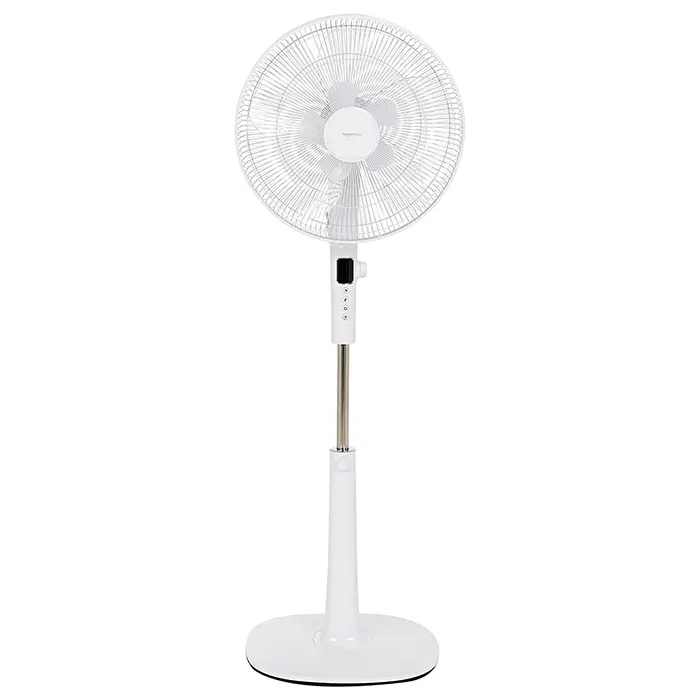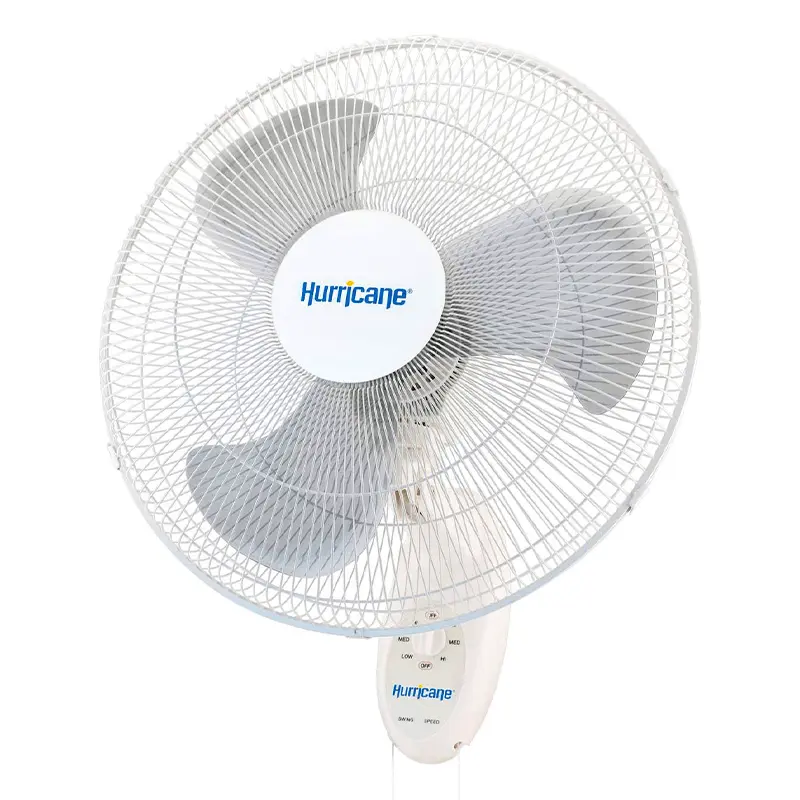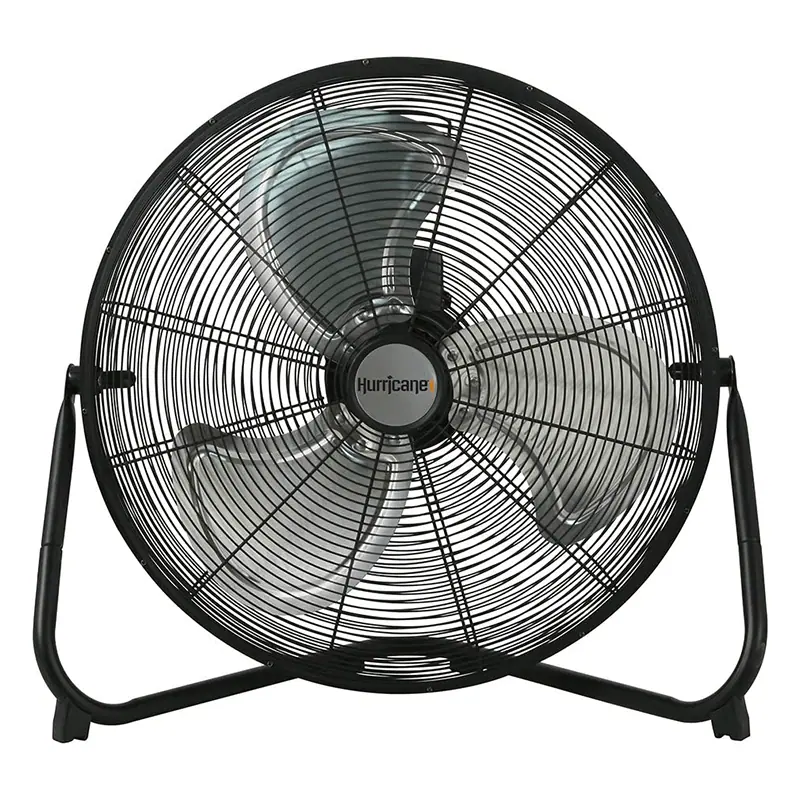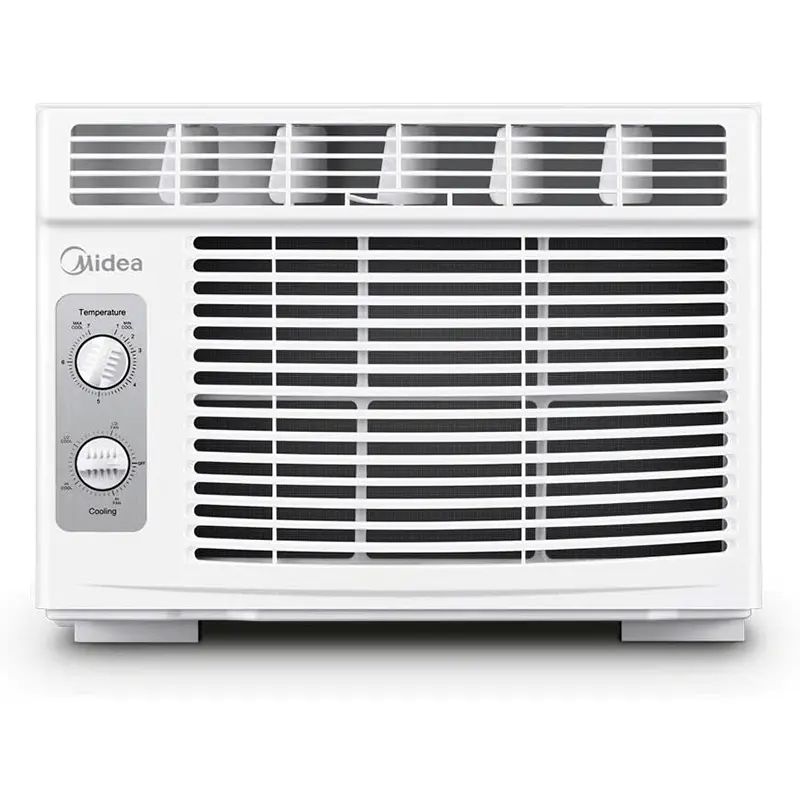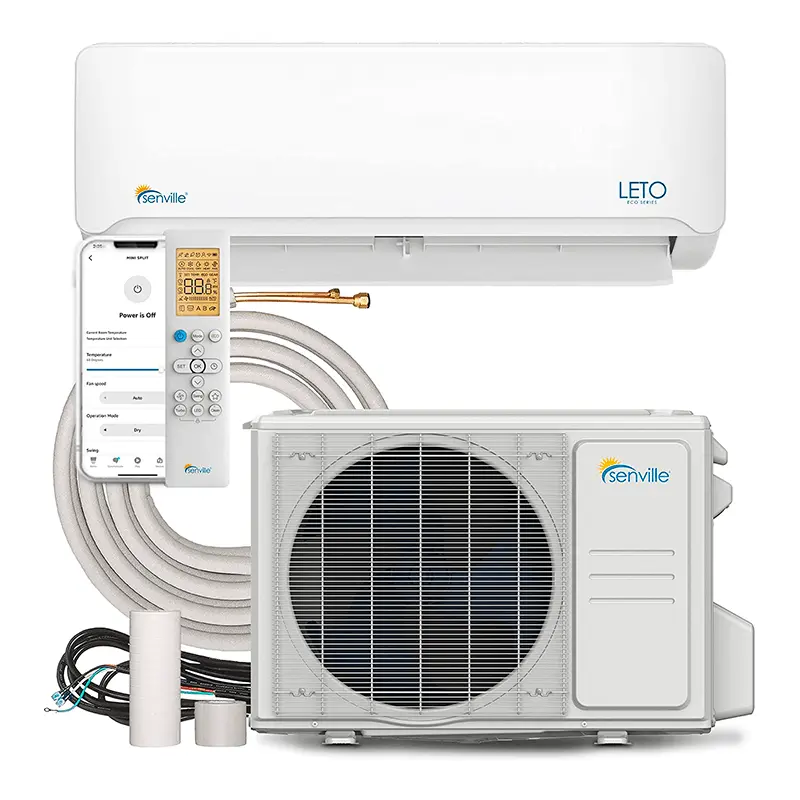Ceiling fans can be a bit of a nuisance. Especially when it’s on, it’s noisy.
If you don’t want to use a ceiling fan, many alternatives are available that are quieter and more energy-efficient.
What Are The Alternatives?
If you’re looking for more cost-efficient alternatives, look no further than pedestal and tower fans.
These are cheaper than ceiling fans because they don’t require switches and can be operated without a switchboard. Also, they are less likely to break down over time.
They are also more powerful than traditional ceiling fans because of their powerful motor and smaller blade span. They have better speeds, and they tend to move more air at any given setting on their dials.
This means that even though they aren’t quite as powerful as larger models (which provide higher CFM numbers), they still offer plenty of airflow when needed most!
Pedestal Fans
Pedestal fans are a practical alternative to their bigger cousins, but they do lack the same versatility.
They are available in both wired and wireless options, so there is no need for extra wiring or lights.
They can also be a decent option for small spaces, as they are often smaller than ceiling fans.
Here are some additional benefits for pedestal fans:
Check out this amazing pedestal fan we shortlisted for you:
If you are looking for a fan that is portable, adjustable, quiet, and easy to clean, then a pedestal fan is a handy option.
Tower Fans
Tower fans offer more versatility and can be used in smaller spaces as well as larger ones.
Here are a few benefits of tower fans:
Consider installing a tower fan instead of a traditional ceiling fan to save money on your energy bill and improve your comfort.
Portable Bladeless Fans
A bladeless fan has a hole or oval shape that blows out air. They work by using a method called air displacement. The fan’s motor makes a swirl of air that comes out of the hole or oval shape. This swirl makes a soft wind that people nearby can feel.
Here are some benefits of bladeless fans:
This type of design also allows for greater airflow due to having no moving parts like those found inside traditional models. However, this comes at an additional cost since there’s no need for any kind of motorized component inside these units. This adds another layer to their manufacturing costs.
Here is an option for you to check out:
The price of a bladeless fan depends on many factors including the size of your room and how many people you want to cool down at one time. A larger room will require a larger motor.
Wall Mounted Fans
Wall-mounted fans are less expensive than ceiling fans. If you’re looking for a space-saving solution, but don’t want to sacrifice energy efficiency or safety, wall-mounted fans are an excellent option.
As bunk beds are usually close to the ceiling, wall-mounted fans are ideal for rooms with low ceilings. Due to the enclosed blades of these fans, they are a safer option.
They tend to be significantly more efficient than their ceiling counterparts because they use a blade that doesn’t have to slow down as much as one hanging from the ceiling would in order to turn at different heights and speeds.
This helps keep your home’s temperature consistent throughout the day and night, which means less wear on your air conditioner (and maybe even less need).
Ceiling Fan Alternatives For Low Ceilings
When you have low ceilings, it can be difficult to install a ceiling fan. The best way to deal with this problem is by finding alternatives that work in your living space.
Floor fans
The blades on a floor fan are much smaller than those on a ceiling fan, which makes them more energy efficient. These fans are ideal for use in garages, exercise areas, and even on your patios outside.
The resulting low power consumption reduces running costs because you don’t need as many batteries or other power sources for operation.
The only downside is that floor fans may not be able to cool off rooms as well as their larger cousins do. But this problem can be solved by placing them in areas where air circulation isn’t needed or possible (like near windows).
Window-mounted Air Conditioning Units
One of the best alternatives is window-mounted air conditioning units. You can find these in many stores or online for about $100-$200.
Window AC units are installed in windows and doors. They are ideal for rooms with high ceilings. They work best when they’re placed near the window or door where they’ll be used most frequently. They don’t require ductwork and are relatively inexpensive to purchase and install.
If you have a large window, you may be able to fit two AC units on your wall. This is great for giving your room extra space between the window and the ceiling.
Wall-Mounted Split Air Conditioning Units
Wall-mounted air conditioning units are ideal for installing in an attic, studio, small apartment, or other space where there isn’t enough room in your home for a ceiling fan but you still want cool air circulating through your house.
These units work by circulating cool air from outside through ducts or vents inside your house. The cool air then travels through tubes that deliver it directly into rooms where you want it most. Your living room, bedroom, kitchen pantry, etc., and then exhausts out of the house back into the atmosphere after being cooled down by the heat exchanger inside each unit.
How Do You Get Air Circulation Without a Ceiling Fan?
If you don’t have a ceiling fan in your home, there are other ways to get some air circulation going:
Conclusion
As you can see, there are a lot of different options available when you are looking for alternatives.
Choosing the right one for your needs is a personal decision that depends on your budget and style preferences.
We hope this article has given you insight into what kind of ceiling fan might work best with your home’s décor.



